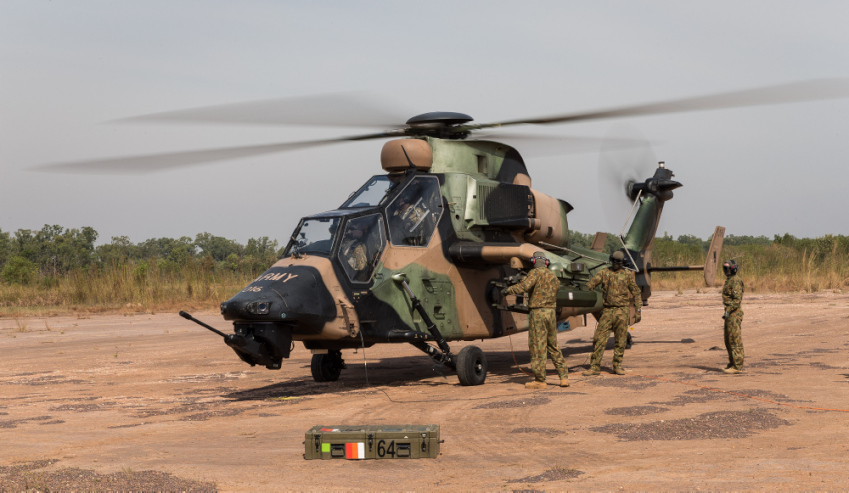Chief of Army Lieutenant General Angus Campbell has said the Australian Army’s fleet of 22 Tiger Armed Reconnaissance Helicopters may resume flying in the next few weeks.
While appearing at Senate estimates on Wednesday in Canberra, LTGEN Campbell said the operational pause on the fleet, which was put in place after two peacekeepers were killed in July when a German variant of the aircraft crashed in Africa, should soon be lifted.
"We believe it [the lifting of the operational pause] might be in a matter of weeks," LTGEN Campbell told the committee.
"But I’m awaiting advice from the Forces Commander, Major General [Fergus] McLachlan, on that issue."
The German Defence Ministry lifted the grounding order on its helicopters in late September.
The Lieutenant General also added that an Australian Army test pilot was sent to Germany to help with investigations into the accident.
"We have sent a qualified Tiger test pilot to Germany, greatly and very positively received by the Germans, to assist in their work in investigation of the accident," he said.
“We’re liaising very closely with other Tiger user partners as well as the manufacturer on the issue. There are a couple of issues still at play, and the investigation remains open, but we think we’re coming to the end of the pause."
LTGEN Campbell also noted that while the aircraft is not flying, aircrews are continuing to train in the Tiger simulators and "also work on some other helicopter types to maintain general aviation skills".
The operational pause of the fleet is not the first time the aircraft has faced troubles. The Tiger has been under fire since last year when an Australian National Audit Office report revealed the Tigers are not available in sufficient numbers to give pilots the mandated minimum 150 flight hours a year.
Entry to service was scheduled for 2009 but was delayed by seven years, and replacements of the aircraft are already set to begin in the mid 2020s, but Defence maintains there will be no capability void.
The acquisition of 22 of the Tiger helicopters cost $1.1 billion (2001 price), with an additional cost of $397 million (2001 price) for a through-life support contract.
In May this year, LTGEN Campbell said at Senate estimates that, despite reaching final operating capability, nine caveats have not been met.
"There are nine specific areas of capability that have not met that level we anticipated when we purchased the aircraft," said LTGEN Campbell.
"We would have to consider either the nature of the operations or the flight envelope in which the aircraft was operating in order to find other ways to mitigate or prevent those lesser capability outcomes being of concern to us on operations."
The aircraft was further criticised, with LTGEN Campbell noting it is unlikely it will ever achieve its original target.
"I don't think it will be achieving its original target, I do think it has the potential to achieve its budgeted target," he said.






